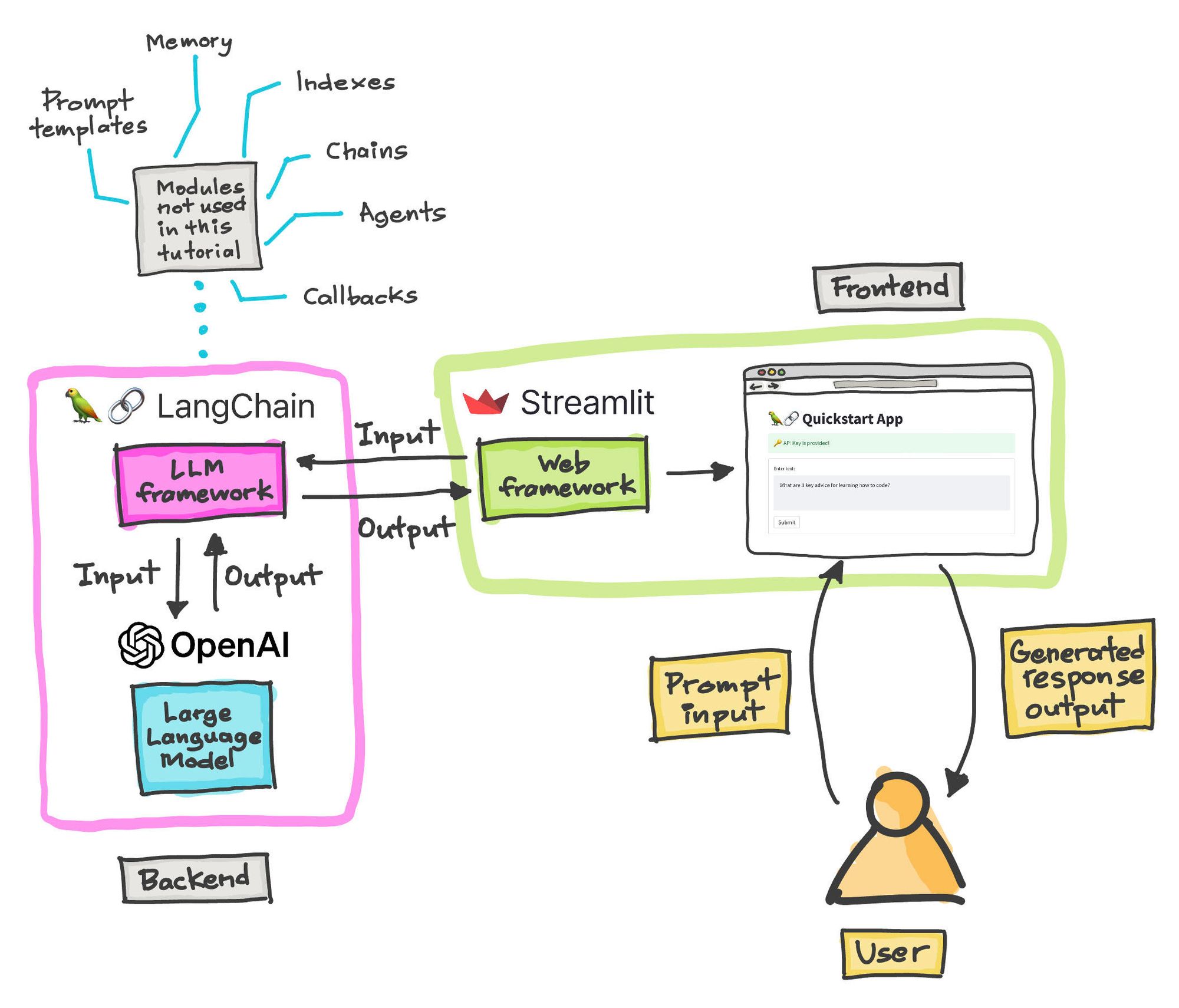Recent updates 🗞️
🤑 MosaicML with $64m in funding was acquired by Databricks for $1.3bn valuation
🔋 Tesla YTD has climbed 158%
🛫 Flight delays and cancellations are now a norm
🎓 Management Presentations and Managing Networks was a blast!
The Next Stack for Generative AI and Machine Learning
The JAM stack has revolutionized the way we build static websites. By decoupling the frontend, backend, and hosting, JAM stack sites are faster, more secure, and easier to maintain. Now, a new stack is emerging that promises to do the same thing for generative AI and machine learning. This new stack is based on API-based LLM models, Langchain, Python, and Streamlit.

The new AI stack!
API-based LLM models are large language models that are trained on massive datasets of text and code. These models can be used to generate text, translate languages, write different kinds of creative content, and answer your questions in an informative way. Langchain is a framework that makes it easy to use API-based LLM models in your Python projects. Langchain provides a simple API that you can use to interact with the models, and it also includes a number of pre-trained models that you can use right away. Python is a powerful programming language that is well-suited for machine learning and AI tasks. Python has a large and active community of developers, and there are a wide variety of libraries and tools available for machine learning. Streamlit is a framework that makes it easy to create interactive web apps. Streamlit apps can be used to visualize data, build dashboards, and create other types of interactive applications.

How the stack would work
Together, these technologies make it possible to build powerful generative AI and machine learning applications that are as simple to develop and deploy as JAM stack sites.
Cheers 🥂